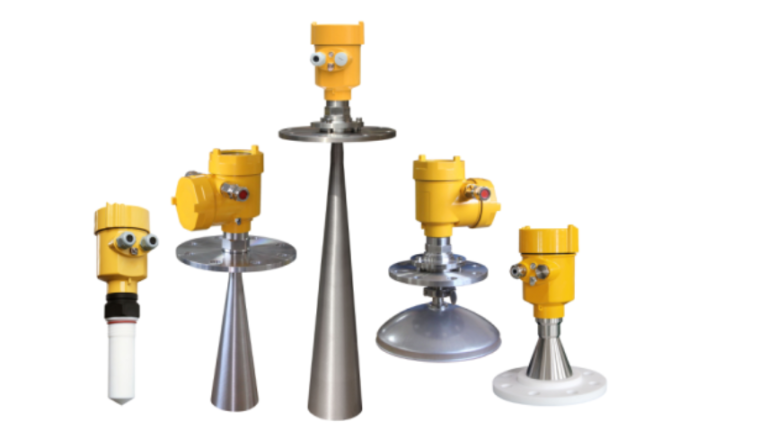Because electromagnetic waves are not easily affected by air fluctuations and have a strong penetrating power. Therefore, the level meter is mainly suitable for dusty, temperature, or pressure changes, the presence of inert gases and vapors, and can be the non-contact continuous measurements of liquids, and all types of solids. So, what are the considerations for radar level meters that can be applied to a wide range of environments when facing the application of field conditions?

When the electromagnetic pulse from a radar level meter encounters the measured medium it is reflected back, and the quality of the reflected echo reflects the actual application of the level meter. When the level meter produces a larger value of echo quality, this indicates that the application is better.
(The echoing quality is the ratio between the minimum echo amplitude and the maximum noise amplitude)

After the above data feedback and analysis, it can be understood that there are two main reasons for affecting the echo strength values of the level meter.
Reason one: determined by the dielectric constant of the medium in which the object being measured propagates, the more stable the constant the more favorable it is.
Reason two: the flatter the surface of the measured medium, the greater the dielectric constant, and the more favorable the echo reflection.
In summary, in the actual field conditions, the application of a radar level meter needs to pay attention to the following two points: (1) from the antenna to the measured medium, the distribution of the air dielectric constant (2) the state of the surface of the measured medium.
